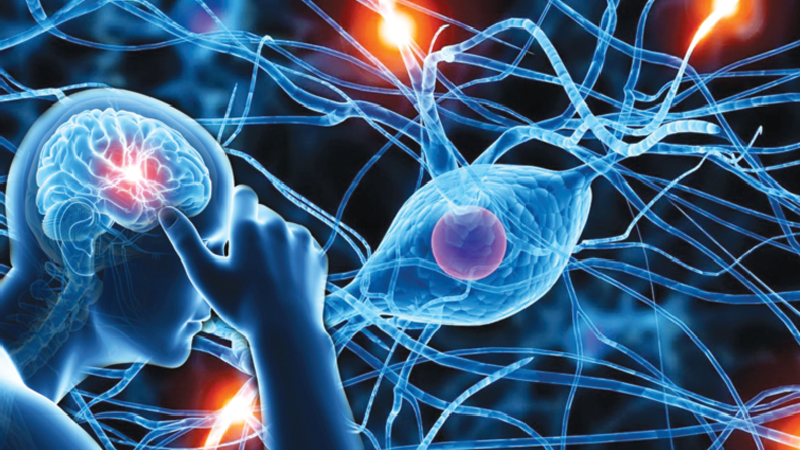Did you know that there are roughly 1 stroke every 40 seconds and a stroke-related death every 4 minutes in India, where the annual stroke burden is estimated to be over 1.5 million, 70%–80% of which are ischemic? Amazing, isn’t it? According to the Indian Stroke Association (ISA) 2018, strokes are the second most common cause of mortality in India, and over the previous 15 years, the number of cases has increased by 17.5%. To deliver better and more timely care to patients across the nation, there is an urgent need to build proper stroke care infrastructure using Telestroke services.
Telestroke management could be a godsend, particularly in rural places where access to effective and cutting-edge treatment alternatives is scarce. Before we consider the choices for closing the considerable gap in stroke care that currently exists, let’s first define it and consider its uses.
Describe Telestroke What makes up the Telestroke network?
Telestroke is a web-based method of treating stroke victims that uses a dedicated camera and microphones to enable conversation between any two places while electronically transferring data (such as images and vital signs). It enables a neurologist to consult on a patient at a different hospital that may be miles distant and administer thrombolysis by talking to the on-site doctor present with the patient. Real-time audio-visual technology is employed in this, which could help to improve patient outcomes when they receive this potentially life-saving treatment at the appropriate time. The Telestroke concept supports local services that are not immediately available and lays the groundwork for collaborative, inter-professional care. How? By utilizing distant resources, experience, and process standardization. Because “time loss could cause brain loss!”
Stroke Types
Transient ischemic attack (mini-stroke), ischemic stroke, and hemorrhagic stroke are the three main kinds of stroke. Ischemic strokes account for around 87% of acute strokes, and treatment and rehabilitation vary depending on the type of stroke one experiences. The most crucial component in treating a stroke patient is time since individuals who receive treatment within 90 minutes of suffering a stroke have a considerably decreased risk of dying or suffering severe brain damage. Acute stroke is a disorder that must be treated quickly, and in the majority of instances, thrombolytic treatment (tPA) must be administered within a therapeutic window of fewer than 4.5 hours to be successful.
How does it function?
“With the assistance of a doctor or nurse on the other end, I can examine someone extremely interactively and I can determine the type of stroke and the severity of the stroke just looking at the patient and the brain image, it’s almost like being in the room.”
These phrases Neurosurgeon Dr. Schwa mm from Massachusetts General Hospital claims that Telestroke is successful in treating stroke patients who are not nearby or readily accessible “in-person” for emergency care.
Telestroke benefits
By making an accurate diagnosis, evaluating eligibility for short-term therapy, and administering the selected treatment, a Telestroke consultation aims to maximize a patient’s recovery (reduce brain damage). Other advantages of Telestroke include:
lower expenses for healthcare
24-hour support so both urgent and non-urgent patients are taken care of
Treatment alternatives including clot-busting medications can be given sooner.
reduces the likelihood that a stroke will cause disability
reduces the need for patients to transfer to a different hospital by allowing ongoing professional treatment at the patient’s local hospital.
Remote access to numerous healthcare facilities allows for the timely treatment of more patients.

